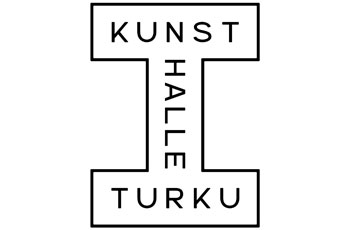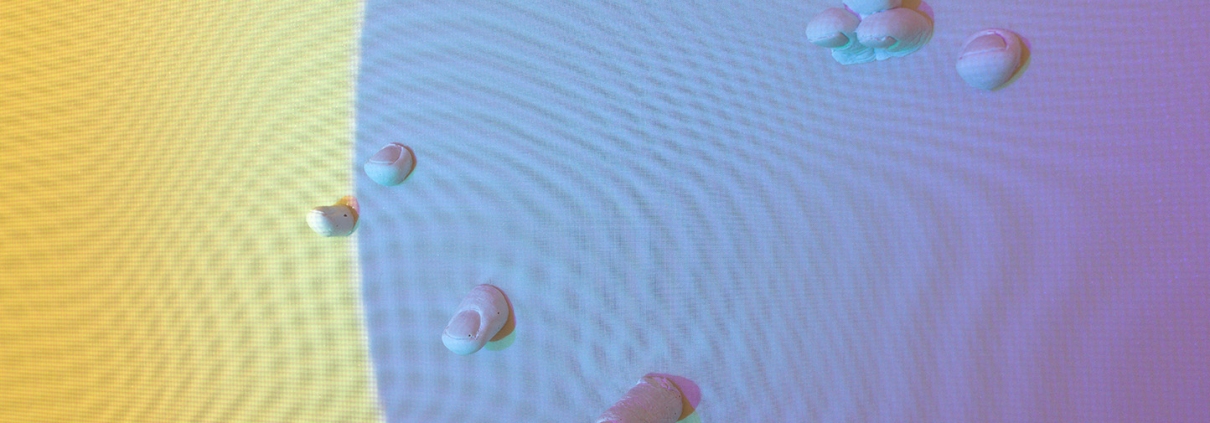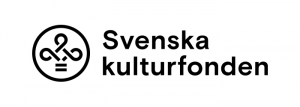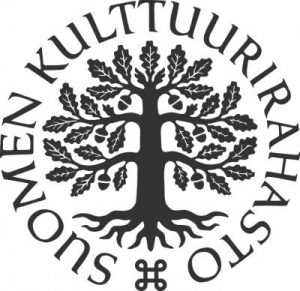The composition in the gallery space depicts the entanglement of the human body, mind, brain and consciousness. The white space is a surface, similar to the skin on our bodies. The white space and the objects represent the structures of the mind; a kind of model or a map. The model created by the brain acts as a foundation for our interpretations of external events and our experience of self. The model or map we have created works in communion with the body, constantly aiming to maintain the experience of continuity. A touch on the skin creates a ripple on the white surface – something is happening.
Klovni (‘Clown’), one of the pieces in the exhibition, represents a person. It opens up various interpretations of the functions of the mind and consciousness, but also evokes thoughts of the staged world or circuses and amusement parks where illusions and sleights of hand carry the viewer from one strange experience to the next. The Clown is simultaneously an irrational character and a real person. It is contradictory by nature; funny, yet constantly unlucky in its experiences with the world.
The exhibition Laajentunut todellisuus (‘Expanded reality’) explores the brain’s capacity and incapacity to reflect reality. Generally, people assume that the brain is rational and infallible whereas our bodies and sensations are something else entirely. Is this true, even though our brain can only function in cooperation with our body? What is the actual nature of the things we experience? Can we draw a line between what is true and what is untrue? In the end, is everything relative and mediated by subjective authenticity?
The exhibition focuses on the delicate balance of body awareness. Body awareness refers to our experience of being conscious of our body and all its parts. Body awareness is created in the brain by combining information produced by the organs controlling our sense of sight, touch and balance. The brain compiles the information into models that produce our experience of our body. If an error occurs while compiling this information, we may experience unusual sensations. The most extreme of these is the out-of-body experience. The strange sensations include feeling like parts of your body are stretching or shrinking, like your leg does not belong to you or like you have a third arm sticking out of your chest. According to current knowledge, the sensations occurring in an out-of-body experience are based on the connection between our mental images and the available sensory information. Due to the vast processing capacity of the brain, the new vision seems completely believable and the sensation of levitating feels very authentic. The neural matrix we live in is stretched and shaped according to the situation.
Anna Hyrkkänen is a Tampere-based visual artist. She mainly works with sculpture as well as spatial and light installations. Hyrkkänen’s pieces are often created by studying light in various spaces and materials; in them, light serves as both a practical and an interpretative element. Hyrkkänen’s art examines the curious, reflective mind and the sensing, feeling body. The pieces explore people as bodily and conscious creatures who are tightly connected to materiality and time.
The exhibition has been supported by the Arts Promotion Centre Finland.









